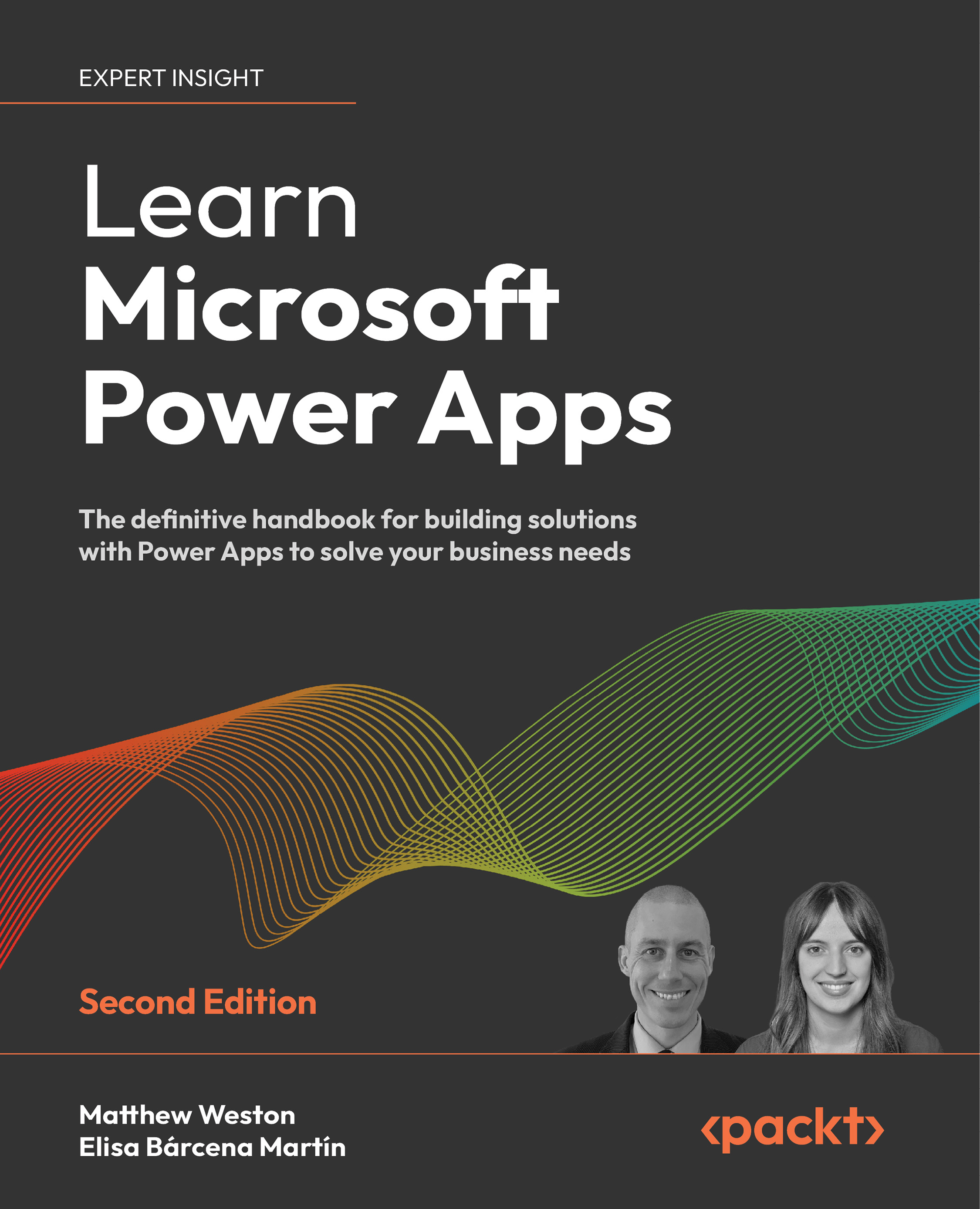In this chapter, we have looked at environments, with a key focus on what environments are and how they are created, as well as how they can be used to apply security and data policies. Environments are a key piece of technology, particularly in organizations that need to compartmentalize apps and flows or begin looking at a full application lifecycle.
Therefore, a lot of organizations now use environments as a way of being able to separate development, test, and production apps and flows, allowing only specific users to create assets in each environment, depending on their role.
We looked at the key types of environments that can be created from within the Power Platform admin center: trial, developer, sandbox, and production. Trial environments last for 30 days and give access to the full range of functionality available to the Power Platform, but are only available to a single user. Developer environments belong to those users who have signed up for the Power Platform...



 Free Chapter
Free Chapter
